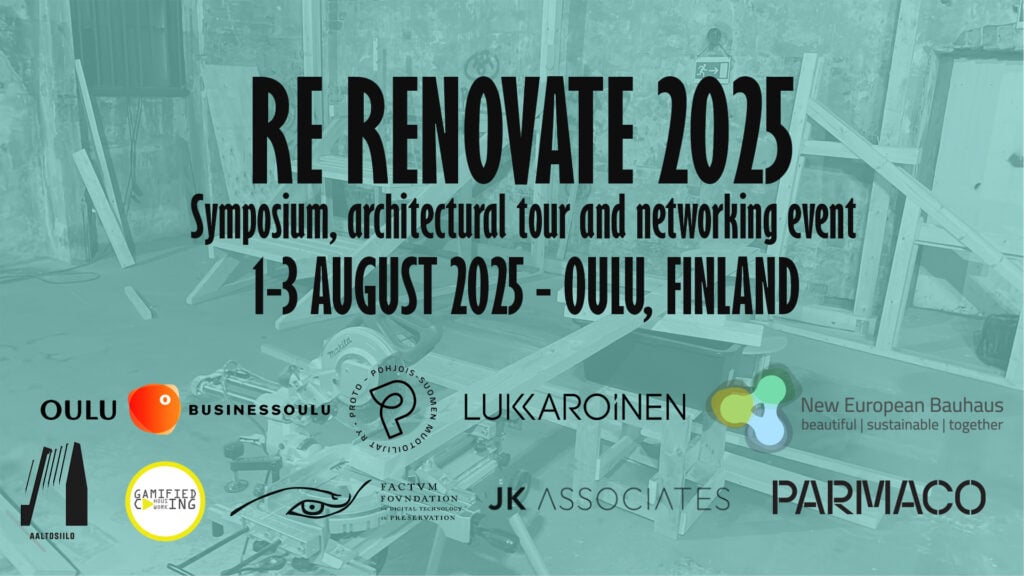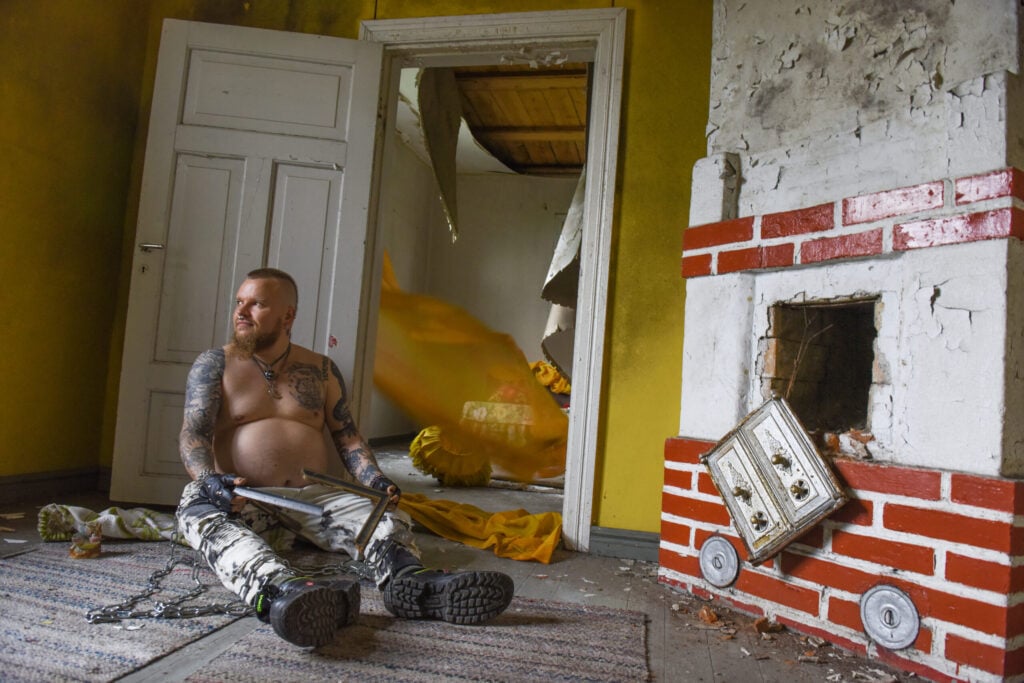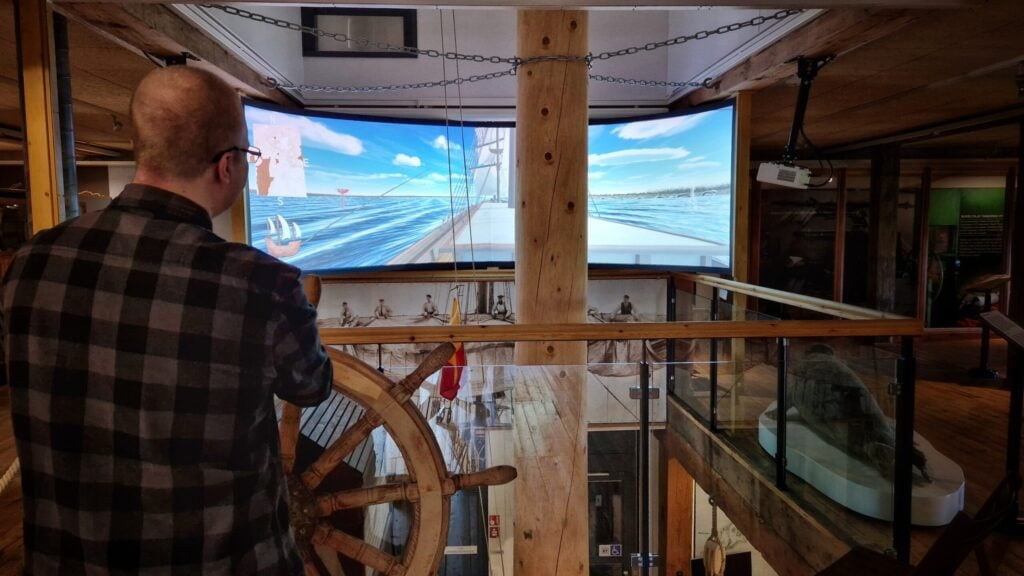
Cork was European Capital of Culture (ECoC) in 2005, but before exploring their title year, let’s have a look at the brief history of the Irish city. Cork’s long and arduous history is pivotal to Ireland’s fight for independence. The city’s story starts in the 7th century, as St Finbarre founded a monastery on a corcach (marshy place). During the next 500 years Cork faced raids and a settlement by Vikings, and by the 12th century it had become the main city of the Kingdom of South Munster. The Irish didn’t manage to stay in power for long, and by 1185 Cork was under English rule. After that the ownership of Cork switched regularly between Ireland and the Crown forces as their conflicts continued.
The 1700s were a prosperous period for Cork as they exported butter, beef, beer and whiskey around the world. During the 1800s, however, famine struck Cork and the entire Ireland, resulting in the death and emigration of millions of Cork’s inhabitants.
Due to Cork’s deep-seated Irishness, it was inevitable that the city played a key role in Ireland’s fight for independence. Mayor Tomás Mac Curtain was assassinated by the Black and Tans in 1920. His successor, Terence MacSwiney, died in Brixton prison in London as a result of a hunger strike. The British caused a lot of damage in Cork, for example by burning much of the center, including St Patrick’s Street, the City Hall and the Public Library. Cork had a major role also in Ireland’s Civil War in 1922–23.
Cork is known as the “Rebel County” because of its history as a stronghold for guerilla fighters during the Irish war for independence and the civil war. This “rebel” status is still attached to Cork as the locals are notorious for a partisan sense of local pride. This ideology is probably most famously displayed through the “People’s Republic of Cork” (PROC) brand, the design of which has been inspired by socialist propaganda, and which humorously claims Cork to be independent from the centralized government. On the one hand, this strong identity has enabled local cultural and artistic actors to grow and develop, as Cork has supported for example local musicians instead of relying on cultural operators and products transported from elsewhere. On the other hand, the Cork 2005, the organizing team for the European Capital of Culture programme, felt that this strong sense of local pride led to cultural separation, and so they wanted to move away from this partisan “People’s Republic of Cork” ideology in order to create a programme that was not only Cork’s, but one that belonged to the entire Ireland, and one that could be shared with the whole Europe and the entire world.
Cork’s ECoC programme included 244 events and activities. In 2003, the ECoC organizers issued a public call in order to get ideas from the locals regarding the content of the Cork 2005 culture programme. Over 2000 ideas were submitted and in the end 70% of the culture programme’s content consisted from these ideas from the locals. In this respect it can be said that the organizers’ goal of making the programme inclusive via the public call was very successful.
Some of the most important goals for Cork 2005 were to produce “high-quality” art and to build relations with international partners. These aspects could be seen in some of the most high-profile events of the culture programme. For example, the Relocation theatre event staged performances by four prominent European theatre companies in different places in Cork. Translations, in turn, was an exchange where Irish and Eastern European poets translated each other’s texts into their respective languages, and Cork Caucus was a collaboration for which international cultural practitioners arrived in Cork to engage in dialogue about art practice through conversations and workshops.
The Cork City Council (CCC) announced in 2007 that Cork 2005 had been “an outstanding economic success and greatly exceeded what we might have reasonably expected.” According to the CCC, the total revenue investment in Cork 2005 was 17M€ (not including private-sector sponsorship). The CCC stated that the extra 90M€ earned in 2005 was the immediate economic return and that the ECoC had laid foundations for more financial income to be attained in the future. The number of visitors increased by 38% during the title year in comparison to the number of visitors in 2003. Further testament to the Cork’s ECoC’s long-lasting effects was Lonely Planet’s evaluation of the city, as they rated Cork as one of the top 10 cities to visit in 2010, stating “The stock of the so-called ‘Rebel County’ has been on the rise even more since it was named the European Capital of Culture in 2005: modern glass-and-steel offices and apartment buildings adorn the banks of the River Lee; new galleries, arts festivals, bars and shops have added to the city’s cache; and restaurants and local food producers have come into their own to make Cork a foodie paradise.”
References
Urban anxieties and creative tensions in the European Capital of Culture 2005



